Managing waste in fast fashion supply chains
Powered by Gildan
Objective — To raise awareness about the social and environmental impact of waste in apparel supply chains and to encourage students to come up with innovative solutions to address this issue.
AGC finalists have been selected
Due to the high quality and calibre of the presentations and innovative ideas, it was decided that 5 teams would move on to the final round.
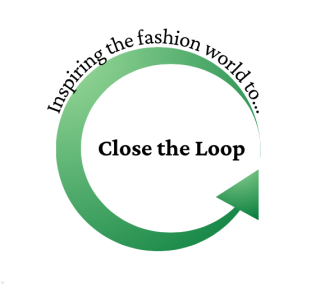 Close the Loop (McGill University)
Close the Loop (McGill University)
We bring together textile manufacturing and recycling by focusing on garments’ eco-conception, guiding consumers’ choices with Eco-labeling, and streamlining disposal programs. Our ultimate goal is to permanently close the loop in the garment industry's material lifecycle.
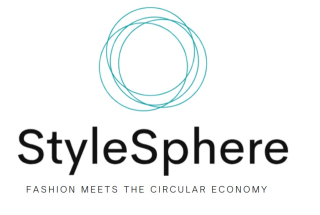 StyleSphere (University of Waterloo and McGill University).
StyleSphere (University of Waterloo and McGill University).
StyleSphere is a solution enabling consumers and brands to have and provide transparency surrounding the fashion supply chain and sustainable practices. Designed to connect fashion and the circular economy, the extension provides consumers with a sustainability score regarding products they are interested in purchasing as well as more sustainable alternatives, whereas brands will have the opportunity to receive gently used inventory and resell at similar margins. StyleSphere is reshaping the future of the fashion industry through circular consumption.
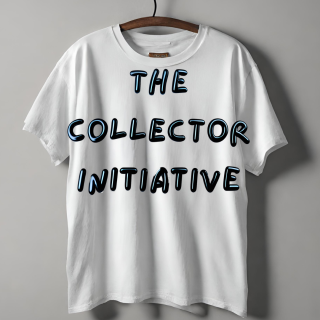 Team Desaustainable (McGill University)
Team Desaustainable (McGill University)
The Collector Initiative: Redesigning Fast Fashion Waste Disposal
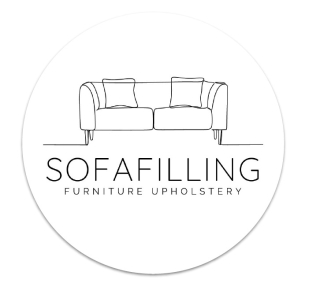 Team NRG (University of British Columbia)
Team NRG (University of British Columbia)
We're tackling the urgent issue of textile waste head-on with SoFafilling, an impact-driven solution that harnesses cutting-edge respinning technologies to repurpose landfill-bound materials for upholstery. Our vision? To establish a Global Apparel Coalition, uniting major fast fashion and luxury brands to be a part of the change from acting as a source of feedstock to being partners in the solution. By transforming discarded fabrics into high-quality upholstery for commercial furniture, we're not only reducing environmental impact, but also creating sustainable solutions for commercial spaces like universities, offices, and beyond. Let's revolutionize apparel waste with SoFafilling to make a lasting impact on both the planet and the way we approach textiles.
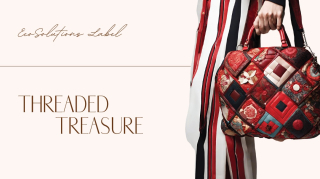 The EcoSolutions Label (McGill University)
The EcoSolutions Label (McGill University)
Our Threaded Treasure is the solution we have all been looking for to give a new life to the clothes we love. Each material used in our bags narrates infinite stories. Our mission revolves around fabric upcycling, transforming old garments into stylish, fashionable handbags, enabling your cherished clothes to accompany you in the milestones you've yet to achieve.
We also acknowledge all remaining semi-finalists for their solid presentations, unique solutions, and passion for sustainability. We hope to see you again in future editions of the Challenge!
Final round
Date: February 28, 2024
Time:12:30-16:30
Location: Bronfman Building
McGill Desautels
1001 Sherbrooke St. West
Montreal, QC H3A 1G5
The competition will leverage human centered design to develop compelling solutions and will serve as a platform for students to showcase their research, creativity, and analytical skills, and provides students with direct exposure to industry practitioners through coaching, mentoring, and case presentation sessions.
The Environmental Impact
- $120 billion dollars of excess fabric found in apparel supply chains (Forbes 2021).
- Annual apparel production = 100 billion pieces out of which 20% are never sold (Forbes 2020).
- In Canada, customers dispose approximately 1.34 million tons of clothes annually out of which only 240 thousand tones are recycled/reused, and the remainder is landfilled or incinerated (Environment Canada 2022).
- A European Parliament report estimates that waste in apparel supply chains (including wastewater in the dyeing process) accounts for 20% of water pollution and 10% of global GHG emissions.
The Human & Social Cost
- In several manufacturing nations, including Bangladesh, China, and India, the minimum wage only covers half to a fifth of what a family needs to make ends meet (Earth.org 2022).
- In America, workers put in grueling 12-hour days, making garments that will be sold for anywhere from $5 to $75 for around three cents apiece paid out (Forbes 2020).
- A reported 9 out of 10 garment workers in Bangladesh are paid so unfairly for their labor that they cannot afford food for themselves or their families. Yet to provide workers with a livable wage would cost some companies as little as an estimated 1% of the retail price of garments (Centre for Biological Diversity 2023).
The Grand Challenge

Component 1*
To identify and define a problem and the end-user that is being impacted with respect to the management of waste in the fashion supply chain;
Component 2**
To develop a human-centered, desirable, viable and impactful proof-of-concept solution that can be implemented by the end-user.
* The problem can be related to any part of the apparel supply chain (farmers, fabric production, dyeing, clothes manufacturing, labor practices, sales and marketing, consumption, second-hand clothes collection, sorting, grading, thrift stores, recycling, or ultimate landfill waste).
** A concept solution may be a business model (e.g., tengiva), a technology (e.g., Renewcell) , an educational campaign, an exhibition (e.g., Janvanesch), a social platform, transparency into apparel supply chains (e.g., Green Peace) or legal frameworks.
Cash Prizes to Top 3 Teams
Target Audience
Open to Canadian undergraduate and graduate students from fashion and textile design, engineering, business, law, arts, or any other relevant discipline.
Team Composition
Student teams must be multidisciplinary.
Teams should be comprised of a minimum of 4 members and a maximum of 6 members.
Format
Design-thinking format, focused on a human-centered approach. Inspiring creativity and encouraging experimentation from the students, teams will be coached by experts throughout the competition, benefitting from a customized learning methodology.
Teams will be lead through a design thinking process by a lead facilitator via online workshops. Specific coaches will be assigned to teams to provide more personalized coaching throughout the competition.
Five Phases of the Design-Thinking Process
- Empathize — The problem space is broadly presented to the student teams in the first workshop. The students will then be required to speak to end-users and subject matter experts in their respective domains (relevant organizations and community groups) who can provide varying perspectives and who are impacted by the grand challenge). The students are required to interview these stakeholders.
- Define — Based on research conducted in Phase 1, the students will be required to define the problem that they want to tackle by reframing what they learned in Phase 1. Problem statements should focus on the needs of a particular group of people, with a defined persona.
- Ideate — Students brainstorm creatively on possible solutions, choosing an idea that is innovative and impactful. The ideas are communicated to the team coaches who provide feedback throughout this phase.
- Prototype — Create draft solutions, test, and iterate, based on feedback.
- Present to judges — Have the solution evaluated by a panel, obtain constructive feedback, learn from experience
Application Guidelines
- Online applications must be completed via this form.
- All applications require a letter of intent, as per the instructions provided in the online form.
Resources
- Students will be provided mentorship and coaching throughout the competition.
- Students will also be allowed access to literature and other sources for gathering information.
Timeline
| Timeline | Dates |
|---|---|
| ANNOUNCEMENT & REGISTRATION | |
| Announcement of Annual Grand Challenge | July 20 |
| Deadline for applications and team registration (4- 6 members) | September 15 |
| Selection of teams announced, and coaches assigned | September 29 |
| PHASE 1 - EMPATHIZE | |
| 1st remote workshop | October 6 |
| End of Phase 1 | November 3 |
| PHASE 2 – DEFINE | |
| Deadline for preparing the problem definition | November 10 |
| PHASE 3 (IDEATE) & PHASE 4 (PROTOTYPE) | December 8 |
| PHASE 5 (PRESENTATIONS) | |
| Teams present solution to judges remotely | January 31 |
| Top 3 teams are invited to present final solution in-person | February 28 |
| Judges decide ranking of top 3 finalists; announce grand prize winner | February 28 |
Contact the organizing team at sgi [at] mcgill.ca.
Title Sponsor
 |


